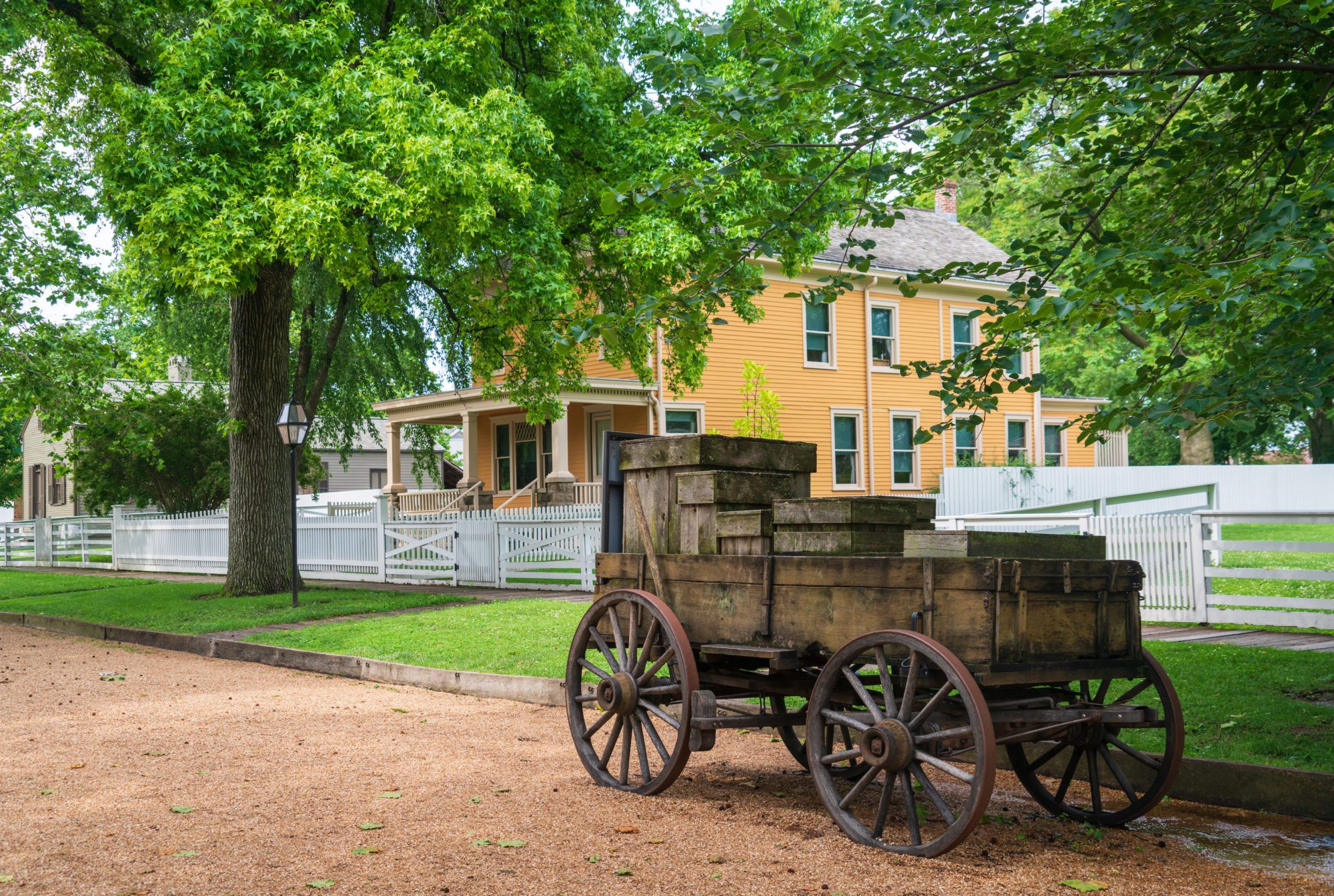There are more than 63 national parks in the United States, many of which are located in the Midwest. If you’re planning a trip to a national park with your kids, we’ve got some great news! Here’s a list of some of the best national parks in the midwest and some fun activities families can do there.
Related Article: 6 Best Indiana State Parks to Visit with Kids

Know Before You Go
Most of the national parks listed require an admission fee for adults, but children under 15 are typically free. You can pay at the park site or purchase an annual pass that will allow you to visit all 63 national parks and more than 2,000 federal recreation sites within one year of purchase.
Families with 4th graders can download a free pass that is valid for the duration of the 4th grader’s school year through the following summer (September-August). Learn more about the Every Kid Outdoors paper pass here.
The Best National Parks in the Midwest for Families
Indiana Dunes National Park
Location: Northwest Indiana
What it’s known for: This is the home of the world’s largest lakeshore dunes, including Mount Baldy, a 125-foot “living dune” shaped by glacial sands.
Park details: Visitors looking for sand and solitude will find that in abundance at Indiana Dunes National Park. The park gained a status upgrade in 2019, changing it from a national lakeshore to a national park. The park has 15 miles of shoreline that lines Lake Michigan so that visitors can feel the beach right here in the Midwest. Indiana Dunes spans 15,000 acres and includes more than 50 miles of trails, which will take you over sandy dunes, wetlands, prairies, rivers, and forests.
Kid-friendly highlights: Exploring the dunes is a must when visiting Indiana Dunes. There are 15 miles of sandy beach to explore all year long, whether you’re relaxing on the sand and swimming in the lake during the summer or marveling at the icy beauty of the water during the winter. Sledding is permitted at the location in the park during the winter.
Hiking one of the many trails at Indiana Dunes is a popular activity. If you are looking for a fun and kid-friendly hike, the Bailly Homestead, Chellberg Farm, Little Calumet River, and Mnoké Prairie Trails will take you through forests and by a river. Then, explore the historic Bailly Homestead and Chellberg Farm, two must-see gems.
Be sure to visit the Paul H. Douglas Center for Environmental Education. This park facility is where you will find educational hands-on exhibits, ranger-guided hikes, lectures, animals, crafts, and a Nature Play Zone for kids.
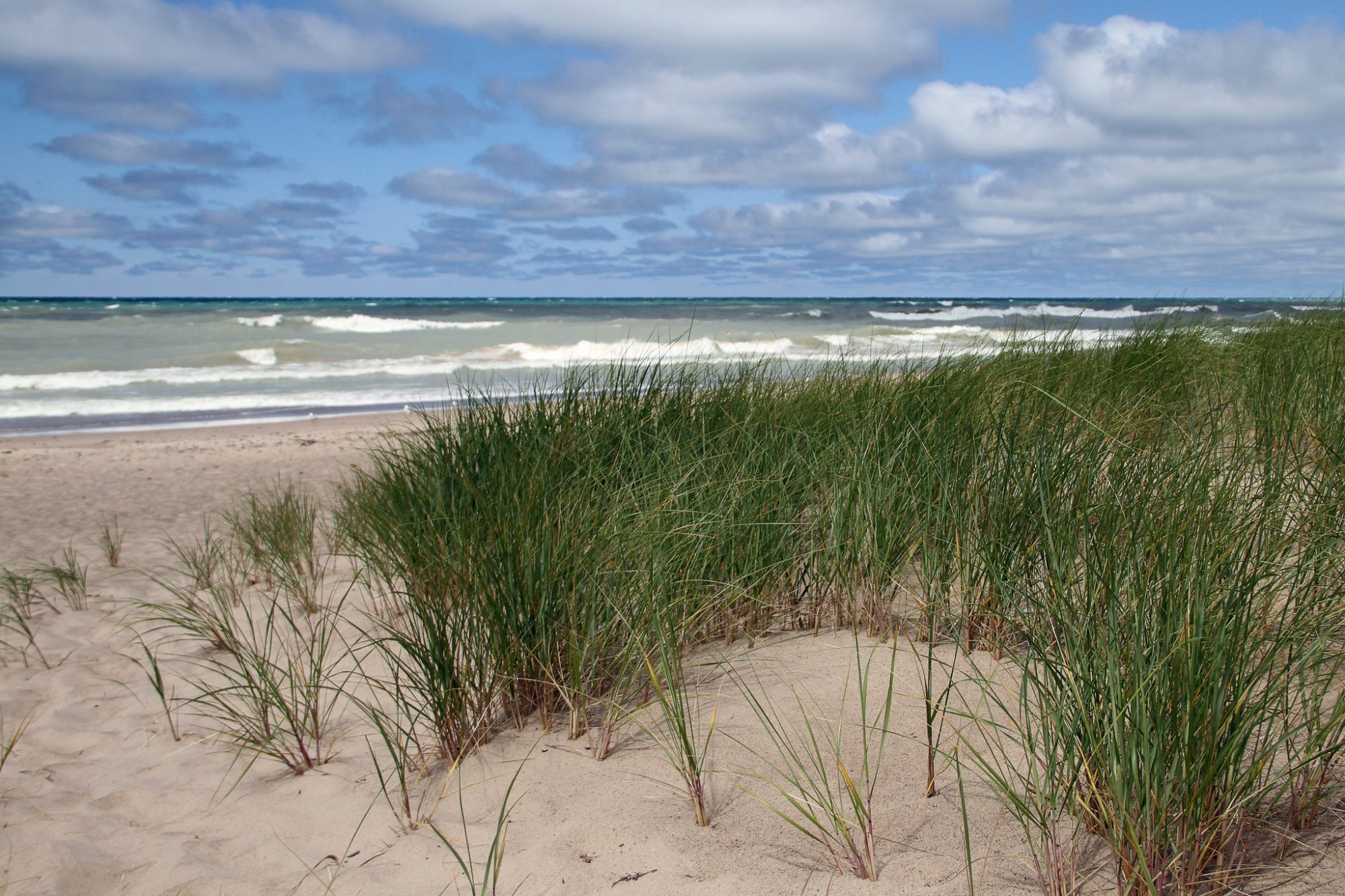
Gateway Arch National Park
Location: St. Louis, Missouri
What it’s known for: The Gateway Arch is the tallest structure in Missouri. The national park memorializes Thomas Jefferson’s role in opening the West. The pioneers who helped shape the history of the West. And also Dred Scott, who sued for his freedom in the Old Courthouse.
Park details: This 91-acre park along the Mississippi River doesn’t have forests or nature like the other midwest national parks. But Gateway Arch National Park is a must-visit for families who want to learn about America’s history.
Kid-friendly highlights: A must-do when visiting Gateway Arch National Park is to ride to the top of the 630-foot Arch for a panoramic view of St. Louis and the Mississippi River. Riding the tram is a fun event in itself. During the 4-minute journey to the top, riders can look out a small window to view the Arch interior. Once at the top, you can stay as long as you like in the observation area. There are 16 windows in the observation area, which faces east over the city.
Related Article: Let’s Go to St. Louis
If you’d rather keep your feet on the ground, you can opt for one of the daily walking tours of the Arch grounds. Or test out your sea legs (or rather, river legs) on a riverboat cruise on a 19th-century replica steamboat that departs below the Arch. Both tour options provide information about the history of the area.
Make sure to visit the Museum at the Gateway Arch, located under the Arch itself. At this interactive museum, you can learn about how Native Americans, explorers, and pioneers made America possible.
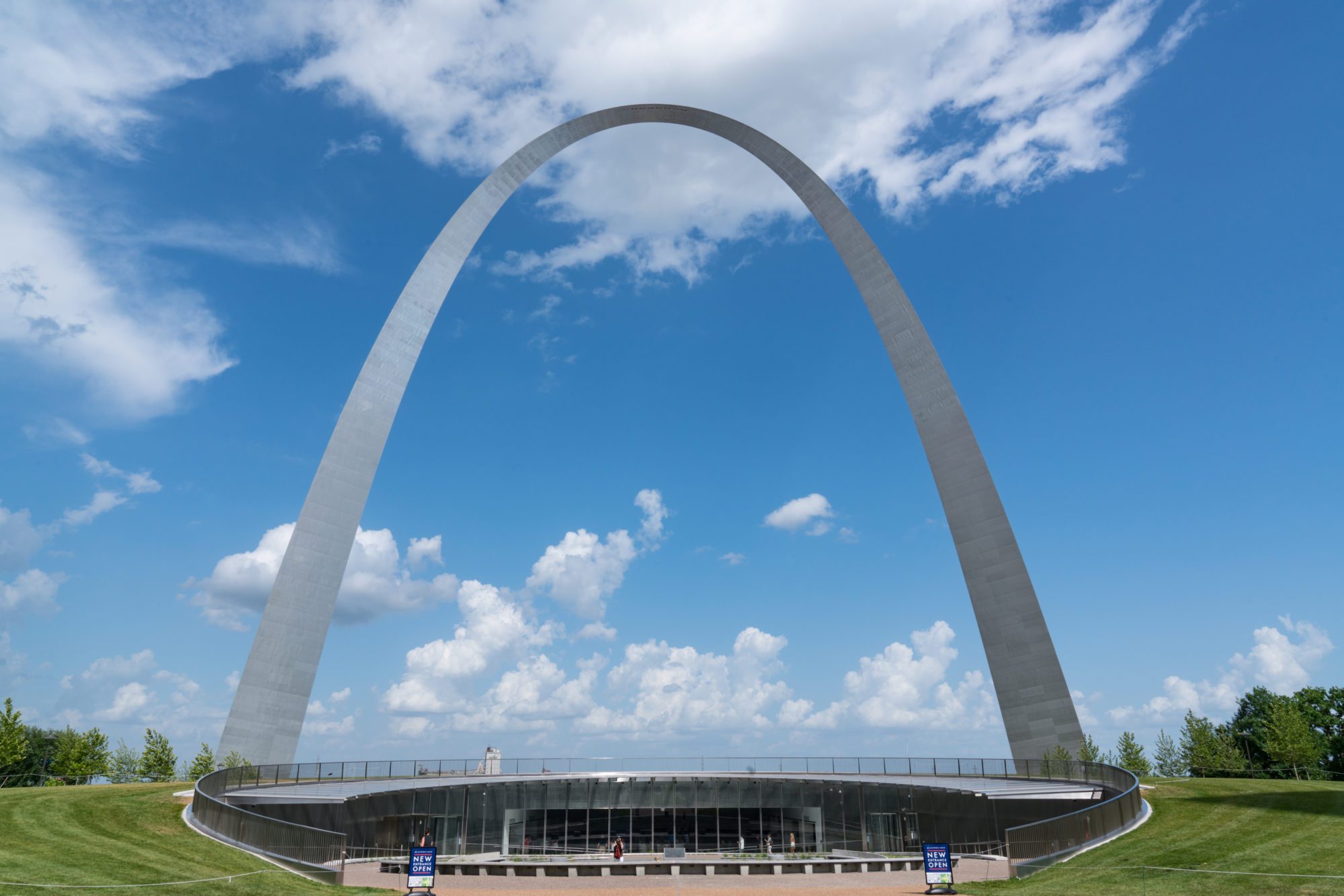
Cuyahoga Valley National Park
Location: Peninsula, Ohio
What it’s known for: The national park was established to preserve more than 33,000 acres along the banks of the Cuyahoga River between Cleveland and Akron, Ohio.
Park details: Cuyahoga Valley National Park is a refuge for native Midwest plants and wildlife and provides discovery routes for visitors. You’ll experience forests, rolling hills, and open farmlands at this national park.
Kid-friendly highlights: One of the best ways to discover Cuyahoga Valley National Park is by bicycling, hiking, or strolling on the Towpath Trail. Visitors can travel the historic route of the Ohio & Erie Canal on the same path that mules walked to tow canal boats loaded with goods and passengers. From the trail, you can connect to many natural and historical sites and to Cuyahoga Valley Scenic Railroad.
Once you’re at the Cuyahoga Valley Scenic Railroad, hop aboard for a scenic ride. The National Park Scenic excursion is a unique way to experience all the natural wonder Cuyahoga Valley National Park offers. Sit back and relax as the train weaves through the Cuyahoga Valley and passes by the Cuyahoga River. Family-friendly rides are offered where you can enjoy rides with different themes, including cookie-decorating train rides, stuffed animal workshops, and more.
Stop in at the Boston Store Visitor Center, where you’ll find helpful rangers and exhibits about canal boats. Be sure to look for beavers at Beaver Marsh, located off of Towpath Trail. The marshy area is perfect for wildlife viewing.
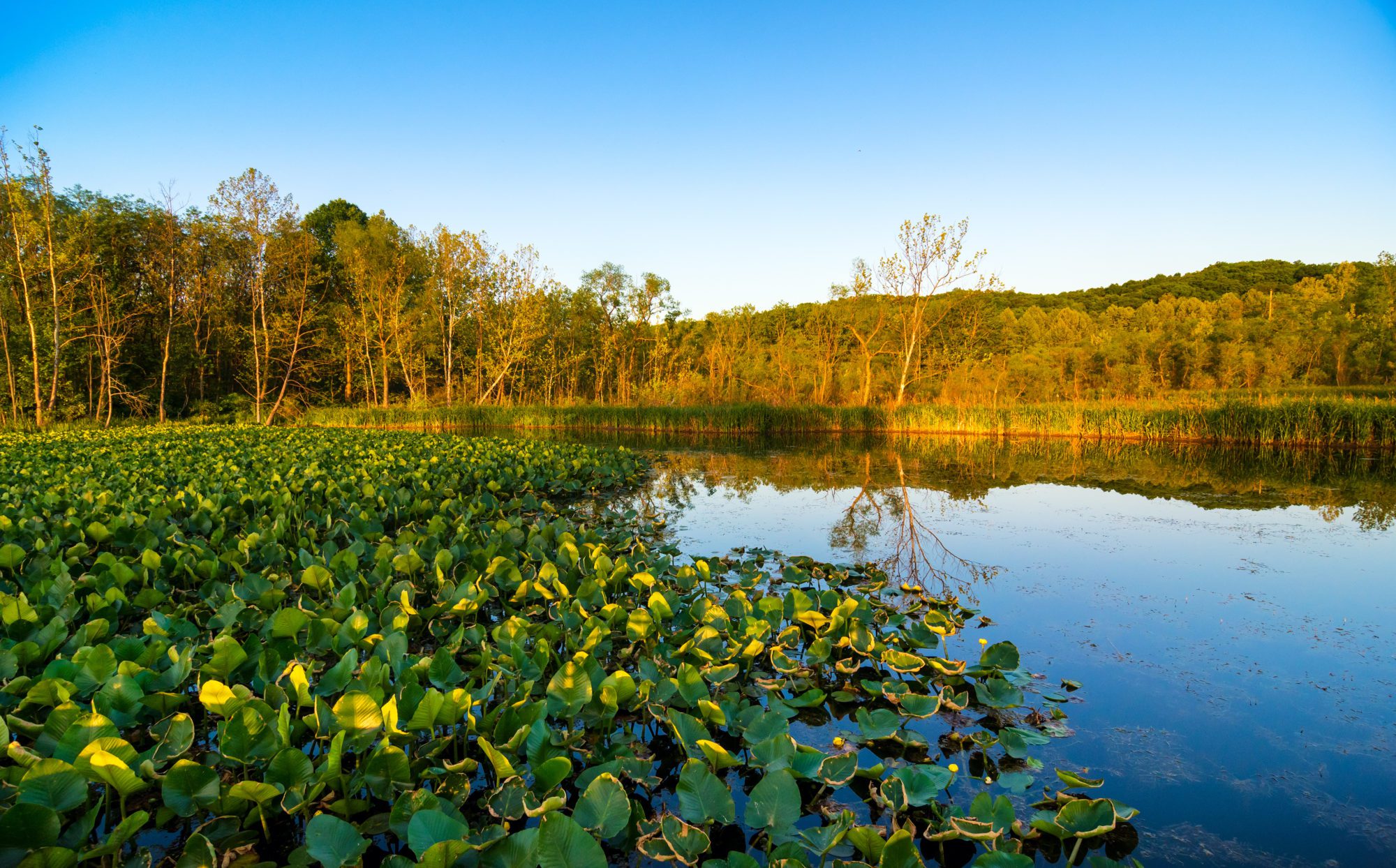
Sleeping Bear Dunes National Lakeshore
Location: Northwest Michigan
What it’s known for: This national park is known for its 110-foot-high, sandy dune that tourists climb for fun. It takes 10 minutes and is a strenuous hike!
Park details: Miles of sandy beach, dunes that rise 450 feet above Lake Michigan, forests, lakes — Sleeping Bear Dunes has it all for nature lovers.
Kid-friendly highlights: Climbing up and down the dunes is a popular activity, and for a good reason. When you reach the top of the high dunes, you are rewarded with a spectacular view across Lake Michigan. After you’ve raced up and down the dunes, relax at the lake or build sandcastles. Then take a dip in Lake Michigan if you feel like swimming.
Stop by the Maritime Museum to sign up for Heroes of the Storm, a ranger-led program for kids that re-enactments a turn-of-the-century shipwreck rescue. And once a week, you’ll hear the loud boom when the Lyle Gun is fired, which was used as part of the rescue process for over 75 years.
Sleeping Bear Dunes is also home to many island lighthouses and U.S. Life-Saving Service stations, which you can learn more about on a guided tour. Or try to spot them yourself while taking a hike on one of 13 hiking trails around the park. Most trails are maintained during the winter and are great for cross-country skiing and snowshoeing.
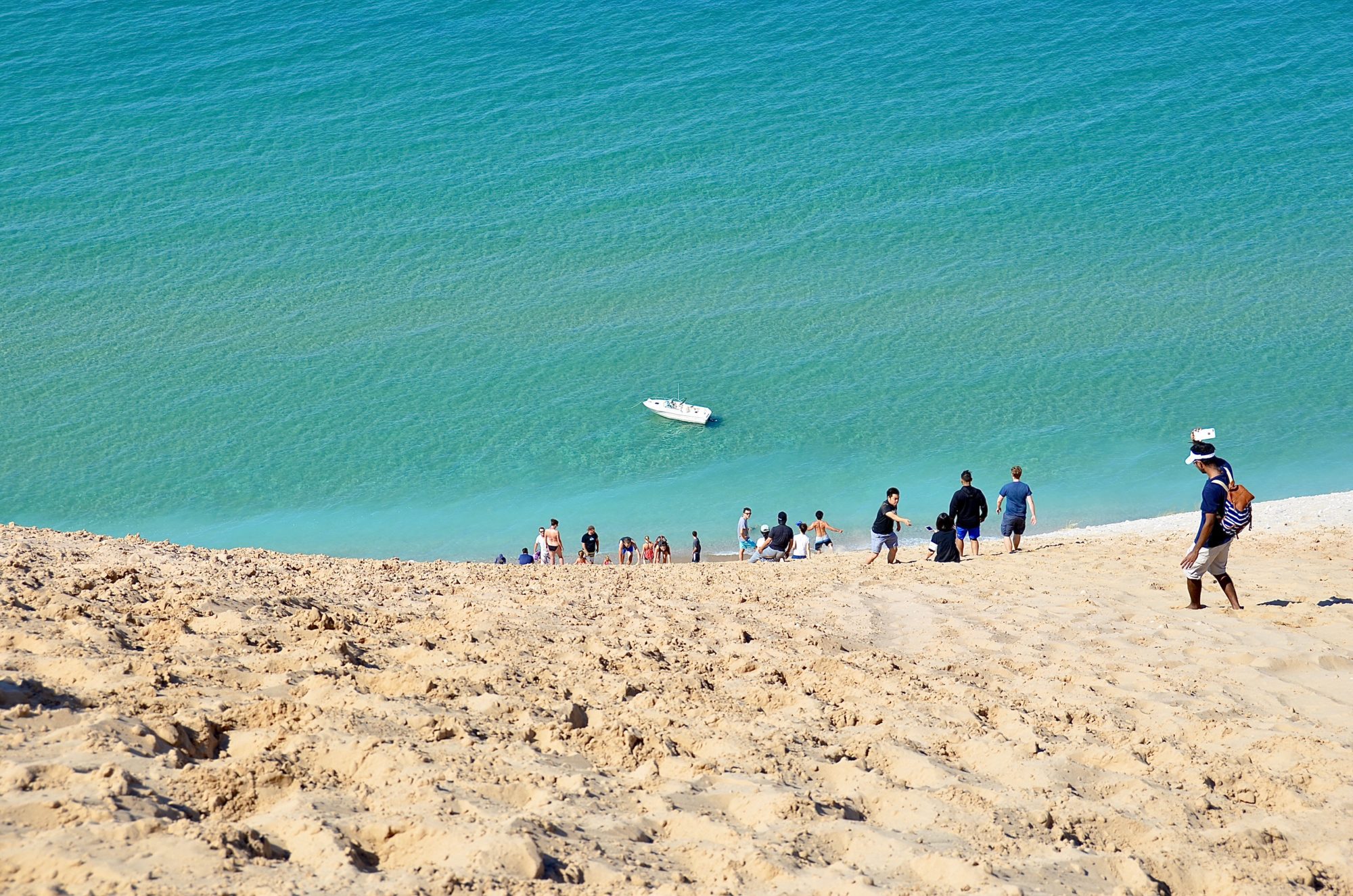
Ice Age National Scenic Trail
Location: Throughout Wisconsin
What it’s known for: The Ice Age National Scenic Trail is a thousand-mile footpath contained entirely within the state of Wisconsin.
Park details: This national park contains evidence of a glacier dating back to the Ice Age. The Ice Age National Scenic Trail offers hikers a chance to explore some of Wisconsin’s most beautiful landscapes. The nearly 1,200-mile trail follows the edge of glaciers that once covered the Midwest. It also passes many lakes and river valleys, gently rolling hills, and ridges.
Kid-friendly highlights: Hiking families will enjoy Ice Age National Scenic Trail, as this national park is primarily a hiking trail. Activities to enjoy include hiking and nature walks, backpacking and camping, stargazing and birdwatching, biking, and horse riding. During the winter months, guests can go cross-country skiing and snowshoeing.
The Ice Age Trail Alliance has provided parents and caregivers with resources to enhance their child’s hike, which can be found here.
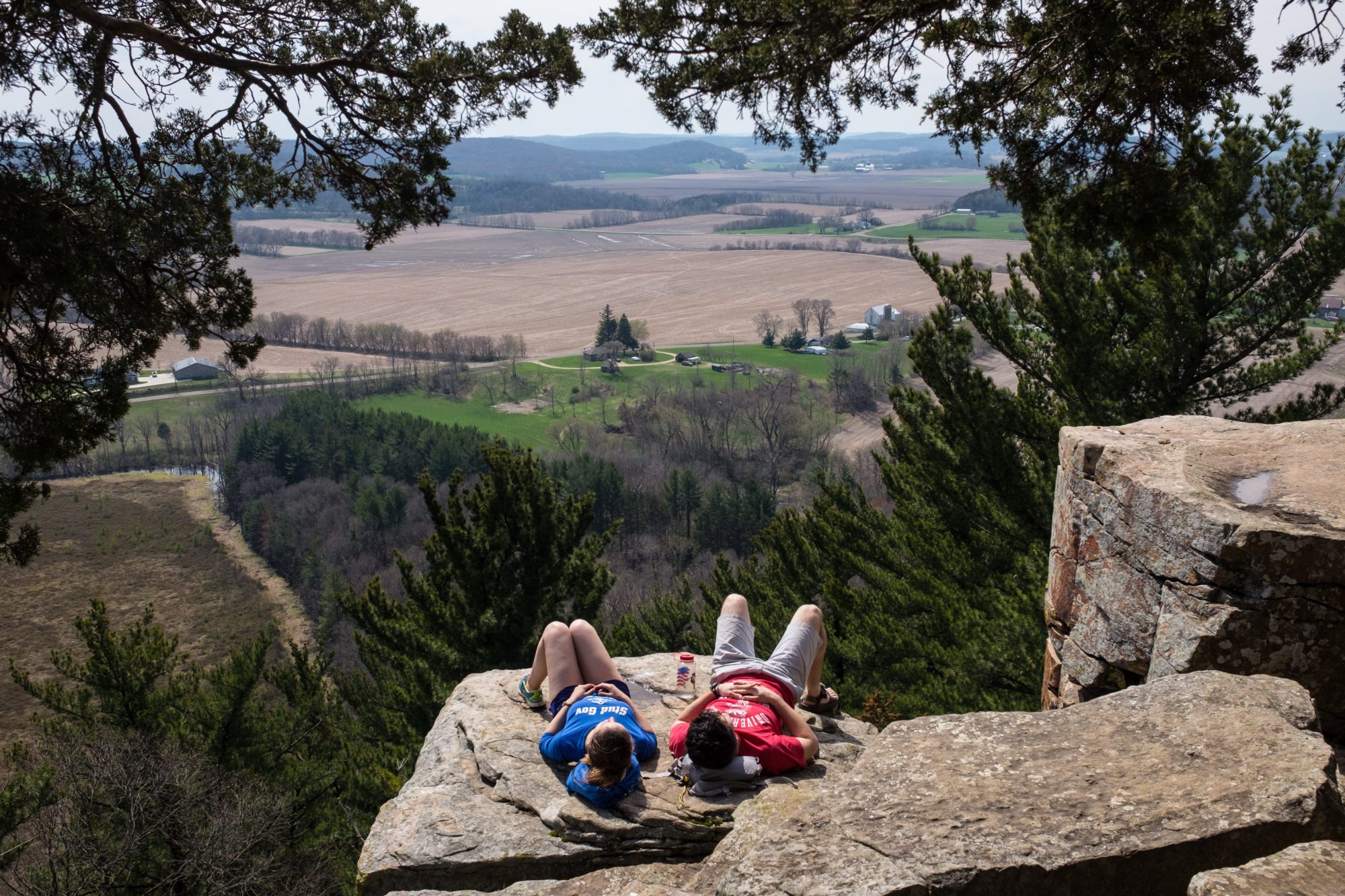
Lincoln Home National Historic Site
Location: Springfield, Illinois
What it’s known for: This national park preserves the home where Abraham Lincoln lived with his family from 1844 to 1861. Lincoln Home National Historic Site preserves 14 houses that date from the Lincoln era, including the Lincoln Home
Park details: Abraham Lincoln believed that everyone in America should have the opportunity to improve their economic and social condition. Lincoln’s life was the embodiment of that idea. At this national park, you will learn about the 16th president as more than just a politician. You’ll get to know him as a husband, father, and neighbor whose life experiences are still experienced by many today.
Kid-friendly highlights: Take a 20-minute tour of the Lincoln family home, and get a glimpse into how the Lincoln family lived during the 17 years they lived on the corner of Eighth and Jackson Streets. Visitors will get a look into Lincoln’s life and explore his rise as president.
Then, step outside and take a self-guided stroll through the park outside the home. You will find outdoor exhibits introducing Mr. Lincoln’s neighbors and daily life in 1860s Springfield.
During the summer, Living History Demonstrations take place at the park, where reenactors dress in period clothing, perform historical demonstrations such as laundry and toy demonstrations, answer visitor questions, and lead other interpretive programs and activities.
